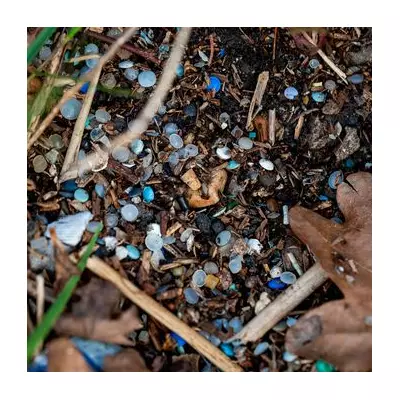
A hazardous bloom of cyanobacteria, commonly known as blue-green algae, has emerged in Lake Erie, raising serious health concerns for communities in Michigan and Ohio. The toxic algae, which can produce harmful toxins, has prompted local authorities to issue urgent warnings.
What’s Happening in Lake Erie?
The cyanobacteria bloom, visible as thick green scum on the water’s surface, has spread rapidly due to warm temperatures and nutrient runoff from agricultural areas. Scientists warn that the toxins released by the algae can cause skin irritation, respiratory issues, and even liver damage if ingested.
Health Risks and Safety Measures
Residents and visitors are advised to:
- Avoid swimming or wading in affected areas
- Keep pets away from contaminated water
- Not consume fish caught in the bloom zone
- Use alternative water sources if relying on lake water
Local health departments are monitoring the situation closely, with some beaches already closed as a precaution.
Environmental Impact
Beyond human health risks, the bloom threatens aquatic ecosystems. Fish and other wildlife can suffer from oxygen depletion as the algae decompose, creating 'dead zones' in the lake.
This isn't the first time Lake Erie has faced such challenges. In 2014, a similar bloom left half a million people without drinking water in Toledo, Ohio.
What’s Being Done?
Environmental agencies are working to:
- Track the bloom's progression using satellite imagery
- Implement measures to reduce agricultural runoff
- Develop long-term strategies to prevent future outbreaks
Experts suggest that climate change may be exacerbating the problem, making such blooms more frequent and intense.





